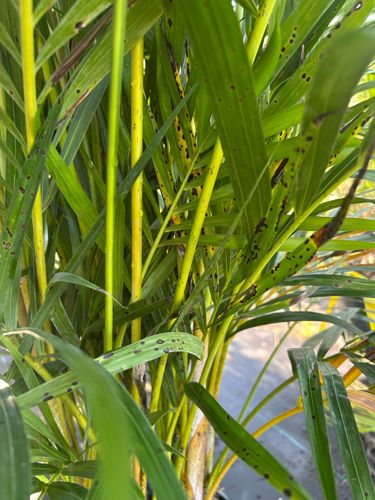Aphid
Scientific Name: Aphidoidea
Order & Family: Hemiptera, Aphididae
Size: Typically 1-10 mm (0.04-0.4 inches) in length

Natural Habitat
Found on various plants, especially on new growth, leaves, and stems, both indoors and outdoors. They often prefer temperate regions but are ubiquitous.
Diet & Feeding
Aphids are phytophagous, meaning they feed on plant sap. They use their piercing-sucking mouthparts to extract phloem sap from plants, often causing direct damage and potentially transmitting plant viruses.
Behavior Patterns
Aphids reproduce rapidly, often through asexual reproduction (parthenogenesis), leading to large colonies. They can be winged or wingless. Winged forms help them disperse to new host plants. They produce a sugary waste product called honeydew, which can lead to sooty mold growth. Ants sometimes 'farm' aphids for their honeydew.
Risks & Benefits
Risks: Major agricultural pests, causing stunted growth, deformed leaves, and transmission of plant viruses. Honeydew production can lead to unsightly sooty mold. Benefits: Serve as a food source for various beneficial insects like ladybugs, lacewings, and hoverfly larvae, which are natural pest controllers. They also contribute to ecological food webs.
Identified on: 9/24/2025